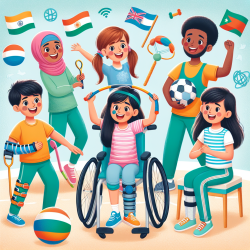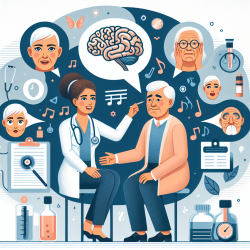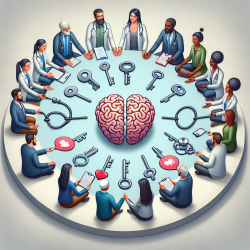Introduction
Physical activity is crucial for the development and well-being of all children, including those with spinal conditions or pain. However, participation rates in physical activities among these children remain low. A recent systematic review and meta-ethnography titled "Factors Influencing Participation in Physical Activity, Sports, and Exercise in Children and Adolescents with Spinal Pain or Spinal Conditions" sheds light on the barriers and facilitators to physical activity for this group. This blog will explore how practitioners can use these findings to enhance their practice and encourage further research.
Understanding the Biopsychosocial Model
The research identifies three main themes influencing participation: biological, psychological, and sociological factors. These are mapped onto the biopsychosocial model, which provides a holistic framework for understanding the complex interactions affecting a child's ability to engage in physical activities.
- Biological Factors: These include physical challenges related to the child's condition, such as mobility issues and the need for bladder and bowel care.
- Psychological Factors: These involve the child's self-perception, feelings of struggle, and the need for independence.
- Sociological Factors: These are the most influential and include the role of friends, social acceptance, and the impact of family routines.
Practical Applications for Practitioners
Practitioners can use the insights from this research to tailor interventions that address these factors. Here are some strategies:
- Encourage Independence: Help children develop skills to manage their condition independently, such as self-catheterization, which can boost their confidence and participation.
- Foster Social Inclusion: Create inclusive environments where children feel accepted and valued. Encourage peer support and group activities that promote social interaction.
- Address Psychological Barriers: Work with children to build positive self-perceptions and resilience. Use motivational interviewing techniques to help them set and achieve personal goals.
- Collaborate with Families: Engage with families to understand their routines and provide support that aligns with their needs and capabilities.
Encouraging Further Research
While the review provides valuable insights, there is a need for more research, particularly in understanding the unique challenges faced by children with different types of spinal conditions. Practitioners are encouraged to participate in research initiatives and contribute to the growing body of evidence in this field.
Conclusion
By understanding and addressing the factors influencing physical activity participation, practitioners can play a pivotal role in improving the quality of life for children with spinal conditions. Let's work together to create a more inclusive and supportive environment for all children to thrive.
To read the original research paper, please follow this link: Factors Influencing Participation in Physical Activity, Sports, and Exercise in Children and Adolescents with Spinal Pain or Spinal Conditions: A Systematic Review and Meta-Ethnography.










